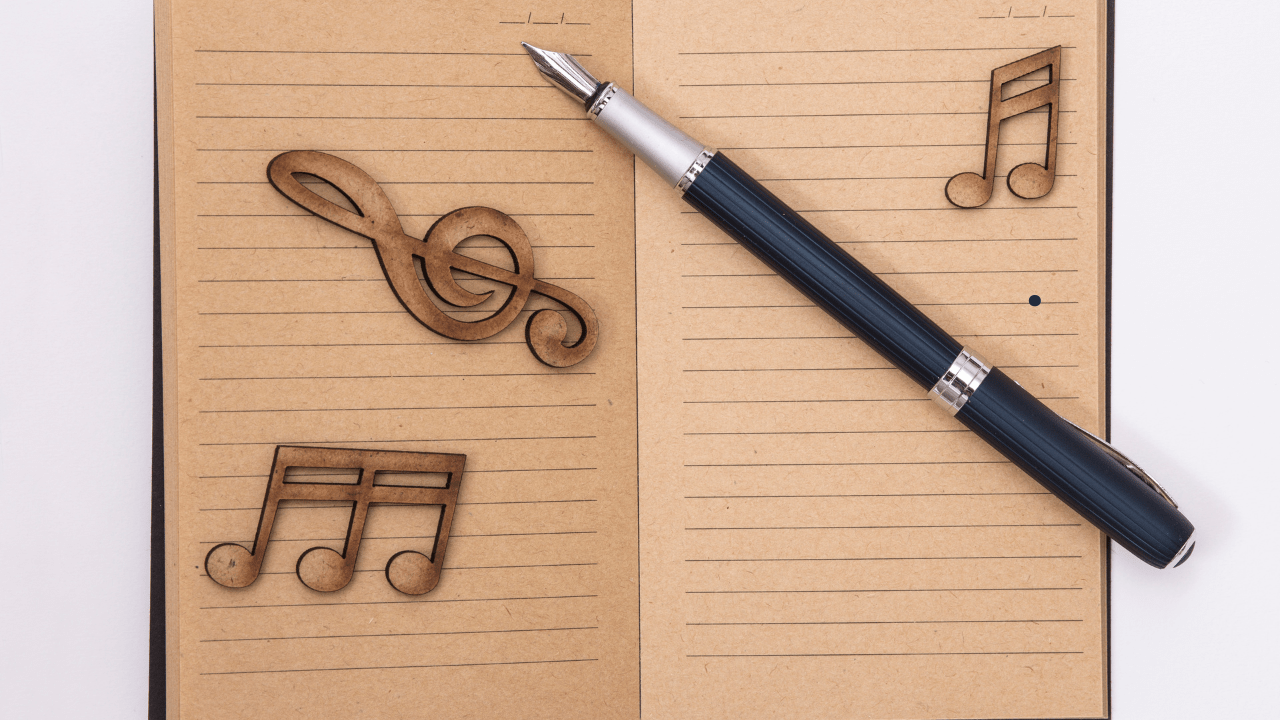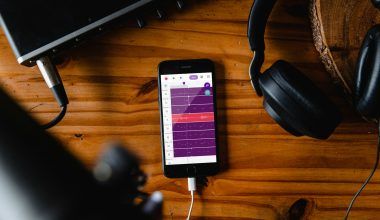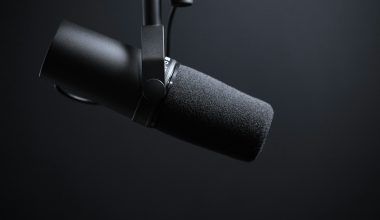Music is a universal language that touches hearts, stirs emotions, and transcends boundaries. Whether you’re a budding songwriter or an experienced composer, learning how to write music is both an art and a science. This guide will walk you through every step, from the initial spark of inspiration to the final polished composition.
Why Write Music?
Before diving into how to write music, it’s important to understand why you want to do it. For some, it’s about self-expression; for others, it’s about storytelling or creating something that resonates with an audience. Understanding your motivation can provide direction and clarity as you navigate the creative process.
Find Your Inspiration
The first step in learning how to write music is to find your inspiration. Inspiration can come from anywhere—your personal experiences, nature, relationships, or even a random thought.
- Journaling: Write down your thoughts, feelings, or ideas daily. These notes can spark song ideas.
- Listening to Music: Explore various genres to understand what resonates with you.
- Embrace Emotions: Use your highs and lows to fuel your creativity.
Understand the Basics of Music Theory
While not mandatory, a basic understanding of music theory can elevate your compositions. Concepts like scales, chords, and rhythm form the foundation of songwriting.
- Scales: Learn major, minor, and modal scales to create melodies.
- Chords: Practice building chords and progressions for a harmonic structure.
- Rhythm and Tempo: Experiment with beats to set the mood of your music.
Choose a Genre and Style
Choosing a genre helps guide your composition process. Whether you’re into pop, rock, hip-hop, jazz, or classical, understanding the conventions of your chosen genre is essential. Study the common chord progressions, rhythms, and instrumentation associated with it.
Start with a Melody
Melody is often the most memorable part of a song. It’s the tune that sticks in listeners’ minds.
- Experiment with Scales: Use a piano, guitar, or digital audio workstation (DAW) to craft simple melodies.
- Keep It Simple: Start with a few notes and build upon them.
- Record Ideas: Use your phone or software to capture melody ideas for refinement later.
Develop Lyrics
Writing lyrics is an integral part of learning how to write music. Lyrics give your song a voice and a story.
- Brainstorm Themes: What do you want to say? Love, heartbreak, joy, or struggle can all be compelling themes.
- Focus on Structure: Most songs have verses, a chorus, and a bridge. Organize your thoughts accordingly.
- Rhyme and Rhythm: Play with rhymes and syllable counts to match your melody.
Build a Chord Progression
Chords provide the backbone of your music. Experiment with progressions to evoke specific emotions.
- Popular Progressions: The I–IV–V–I progression is a staple in many genres.
- Experimentation: Don’t be afraid to deviate from the norm to create something unique.
Arrange Your Song
Arranging your song is about structuring it for maximum impact.
- Introduction: Hook your listeners right away.
- Verse: Set up your story.
- Chorus: Deliver the emotional high point.
- Bridge: Add contrast before returning to the chorus.
Use Technology and Tools
Modern songwriting often involves digital tools. DAWs like Logic Pro, FL Studio, or GarageBand make it easier to experiment with arrangements and production.
- MIDI Instruments: Experiment with virtual instruments to expand your palette.
- Loop Libraries: Use pre-made loops for inspiration or as a foundation for your track.
Experiment with Harmony
Harmonies add depth to your music.
- Vocal Harmonies: Layer your vocals for a richer sound.
- Instrumental Harmonies: Combine instruments to create lush textures.
Polish Your Composition
Once your song is complete, take time to refine it.
- Editing: Cut out unnecessary sections or refine weak parts.
- Feedback: Share your work with others for constructive criticism.
- Rehearsal: Practice your song until it flows effortlessly.
How to Write Music for Specific Goals
Writing Music for Beatport
If your goal is to sell your music on platforms like Beatport, focus on producing electronic dance music (EDM).
- High-Quality Production: Use professional software and mastering tools.
- Trendy Sounds: Study current chart-topping tracks on Beatport.
- Marketing: Build a brand around your music to attract an audience.
Writing Music for Movies or Games
Scoring for visuals requires a different approach.
- Understand the Mood: Collaborate with directors to match the visuals.
- Dynamic Range: Create music that evolves with the narrative.
Common Challenges in Writing Music
Writing music isn’t always easy. Here are some common hurdles and how to overcome them:
- Writer’s Block: Take breaks or experiment with a new instrument.
- Perfectionism: Allow your ideas to flow without judgment initially.
- Technical Skills: Continuously improve your instrument playing or production skills.
Final Tips on How to Write Music
- Stay Consistent: Make songwriting a regular habit.
- Collaborate: Work with other musicians to expand your horizons.
- Never Stop Learning: Attend workshops, take online courses, or read about music composition.
Related Articles:
For further reading, explore these related articles:
- The Importance of Search Engine Optimization for Musicians
- Are the Streaming Services Really Saving the Music Industry from Piracy?
- Top 5 Platforms for Music Sampling
For additional resources on music marketing and distribution, visit Deliver My Tune.






